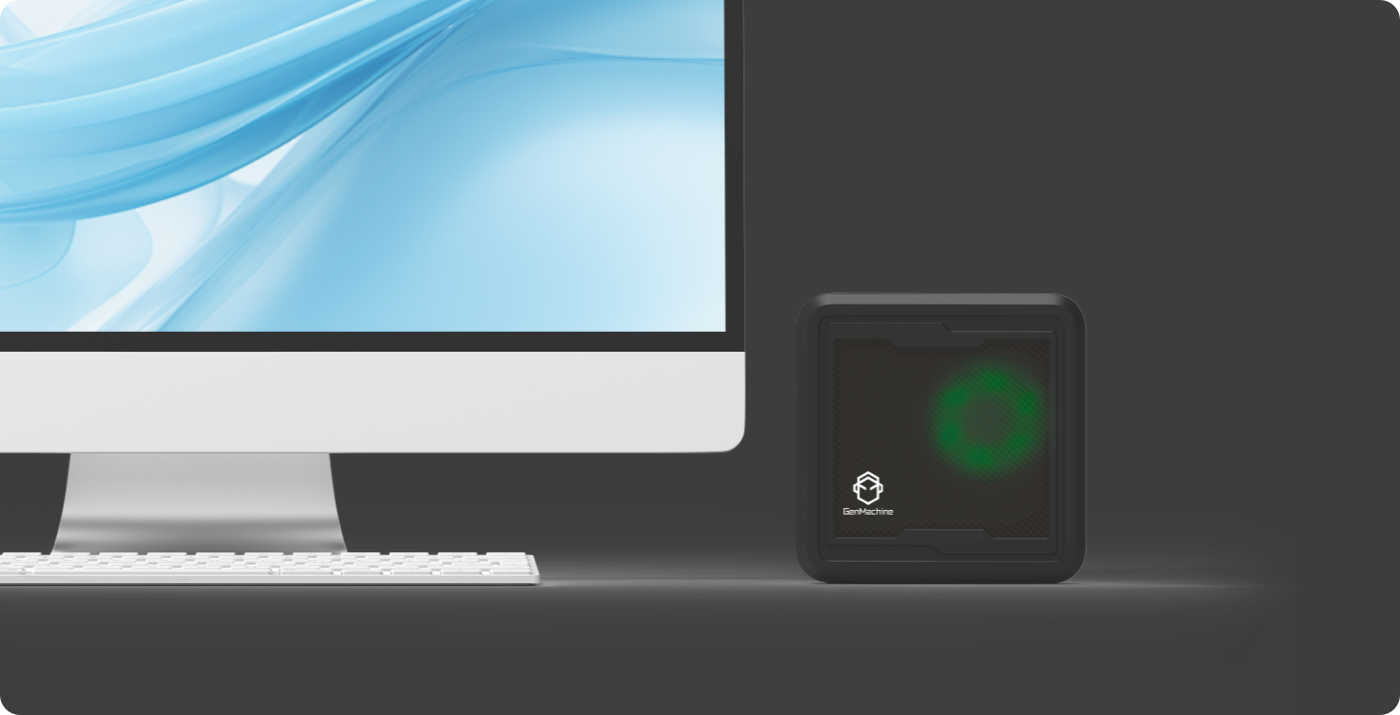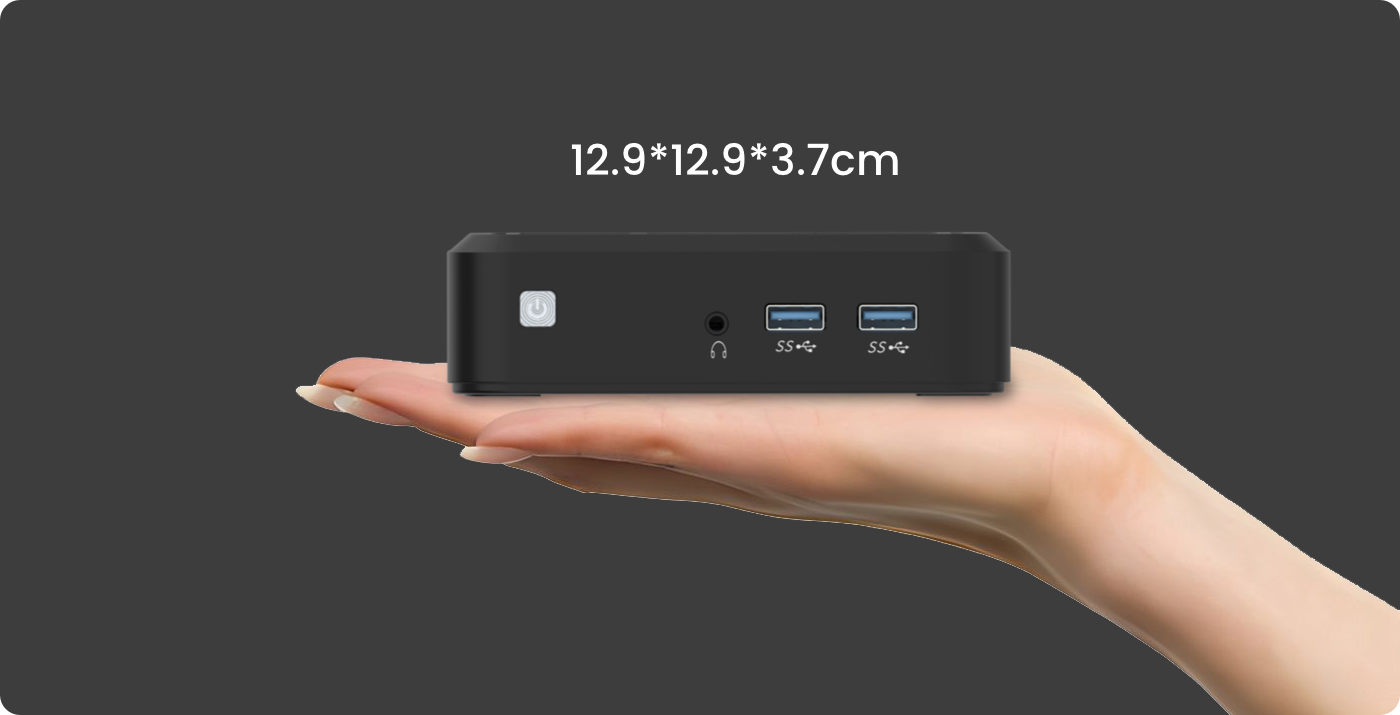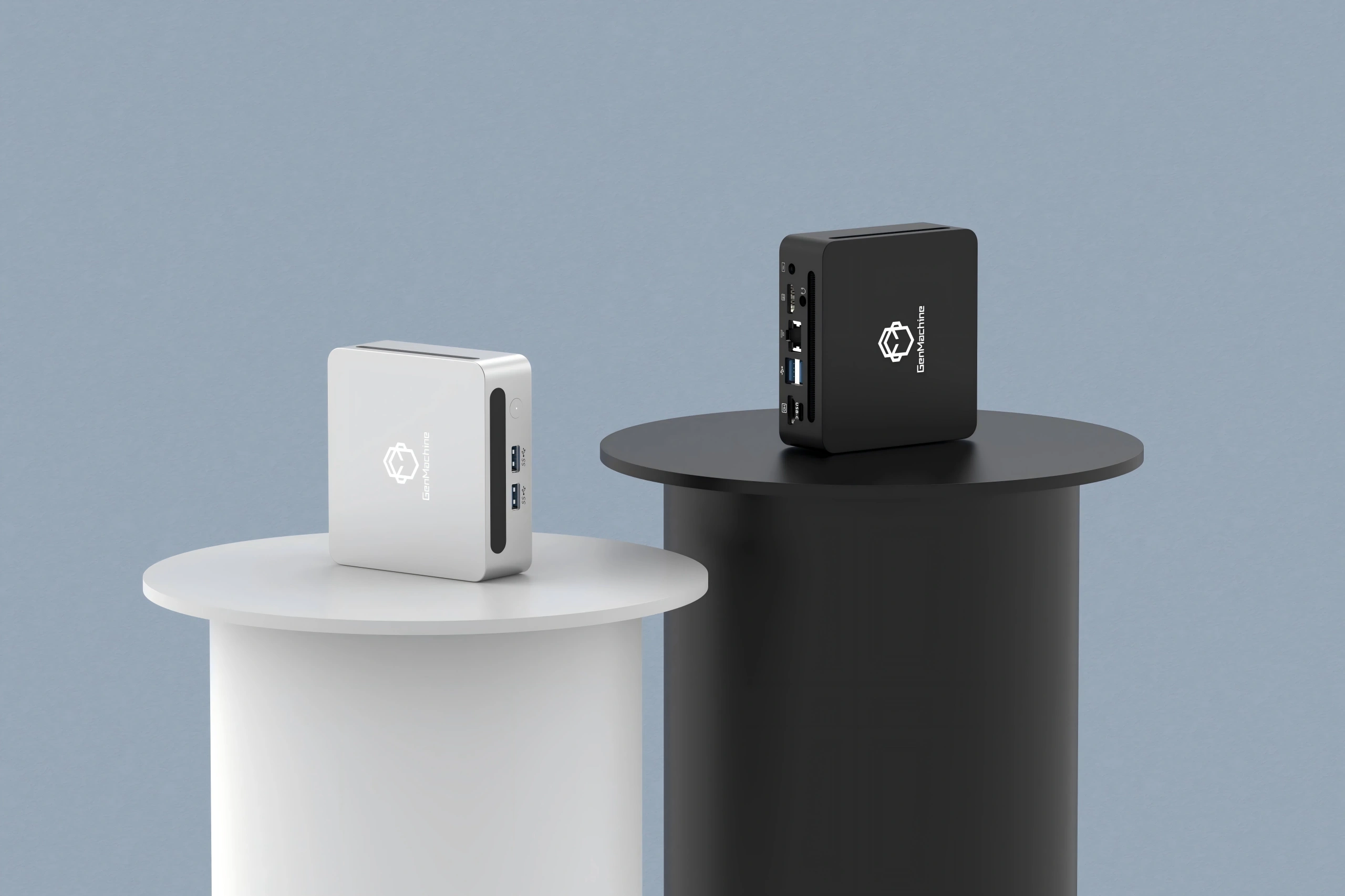In the digital age, computers are essential tools for work, study and entertainment. Traditional desktop computers, due to their bulky size and high energy consumption, can hardly meet modern people’s needs for efficiency, energy saving and convenience, and Small Desktop PCs are favored for their compact size. In this article, we analyze the characteristics of mini PC in terms of long-term cost, energy consumption and maintenance costs, to unveil the code of its savings, and accurately locate the recommended population to help make wise purchasing decisions.
Table of Contents
Ⅰ. Long-termCosts: The Way To Save Money On A Small Desktop PCs
We mostly consider the start price in the purchase of a computer. though, it is the extended cost of owning it that basically sets the price and performance ratio of a computer.
1. Hardware upgrades
Because mini PCs use standard components, compatibility issues do not arise with high customization costs, which are typically associated with traditional desktops, at the time of hardware upgrading. For instance, on every occasion that a fresh graphics card is delivered, mini PC users simply substitute the appropriate module sans any need to be concerned about whether it will function with supplementary components for instance the motherboard or power supply. This design serves to make the process of upgrading much easier and cheaper as well since it enables the user to reduce investment while still working on improved system performance.
2.Software upgrades
Mini PCs have simpler systems and use fewer software resources, making them better at software updates and maintenance. Traditional desktop computers tend to suffer from slowdowns and software conflicts over time. They require regular reinstallation of the system and optimization of software, which takes a lot of time and effort, and can even lead to data loss if not done properly. The system architecture of a mini PC is optimized to avoid these problems and reduce the frequency and cost of software maintenance.
Ⅱ. The Power Advantage: The Green Choice For Small Desktop PC
Energy consumption is one of the shining points of the small desktop PC. With the Zen architecture and dynamic cooling system centrally at work, the mini PC has achieved impressive results in the control of energy consumption. The Zen architecture optimizes the circuit design and manufacturing processes of the processor to take a major leap forward in reducing power consumption while maintaining performance; compared to traditional architecture processors performing the same, it reduces power consumption by more than 30%, meaning a huge amount of electricity cost is saved for daily use.
Dynamic cooling system is another guarantee of energy saving. It changes the speed of the cooling fan according to the working condition of the computer. When the computer is not busy, the fan slows down to save energy. When the computer is working frequently, the fan speeds up to keep it cool. This intelligent system lasts longer and consumes less energy, keeping the mini PC running efficiently for a long time.
Ⅲ. Maintenance Cost Comparison: The Key To Saving Money On Small desktop PCs
Maintenance costs are a key factor when using a mini PC, and mini PCs have a clear advantage in this regard. Traditional desktop PCs have a complex internal structure and are more prone to hardware failures and compatibility issues. For instance, dust can fill up, so the heat dissipation becomes low, the hardware starts working in a hot state, and thus, it gets damaged. Such sort of problems does not take place with integrated design and mini PC hardware remains in good working order. Such integrated thermal designs keep the hardware safe from dusty environments and keep the hardware in good working condition. This leads to not only low maintenance frequency but also a low probability of data loss; hence it is data user-friendly.
In terms of software maintenance, mini desktop PC systems are easy to operate and have fewer software compatibility issues, eliminating the need for frequent system updates and optimizations. In contrast, traditional desktop users need regular maintenance and updates, and improper operation can lead to system failure, increasing maintenance costs.
Ⅳ. Pinpointing: Applicable Users of Small Desktop Computers
For office workers, a mini desktop PC is right for word processing, creating spreadsheets, designing presentations, and performing some graphic details. It is small in size to help save the place, making the working space look presentable.
For students,mini desktop PCs will be good for doing research online, having virtual classes, submitting assignments, and enjoying some entertainment. They are affordable, easily portable for a dorm room, library, or any other study space.
For household users, link the mini desktop PC to a TV or display as the main part of a home cinema set up for a really good quality movie and TV experience. Its sleek look and silent running fit in well with many home design styles, making the experience better.
In today’s era of pursuing efficiency, energy saving and convenience, mini desktop PC is undoubtedly the ideal choice for you. Whether you are a busy office worker, a diligent student, or a home user who pursues a quality life, small desktop PC will bring you a brand new computer experience, allowing you to enjoy the convenience of technology while also reaping real economic benefits.





